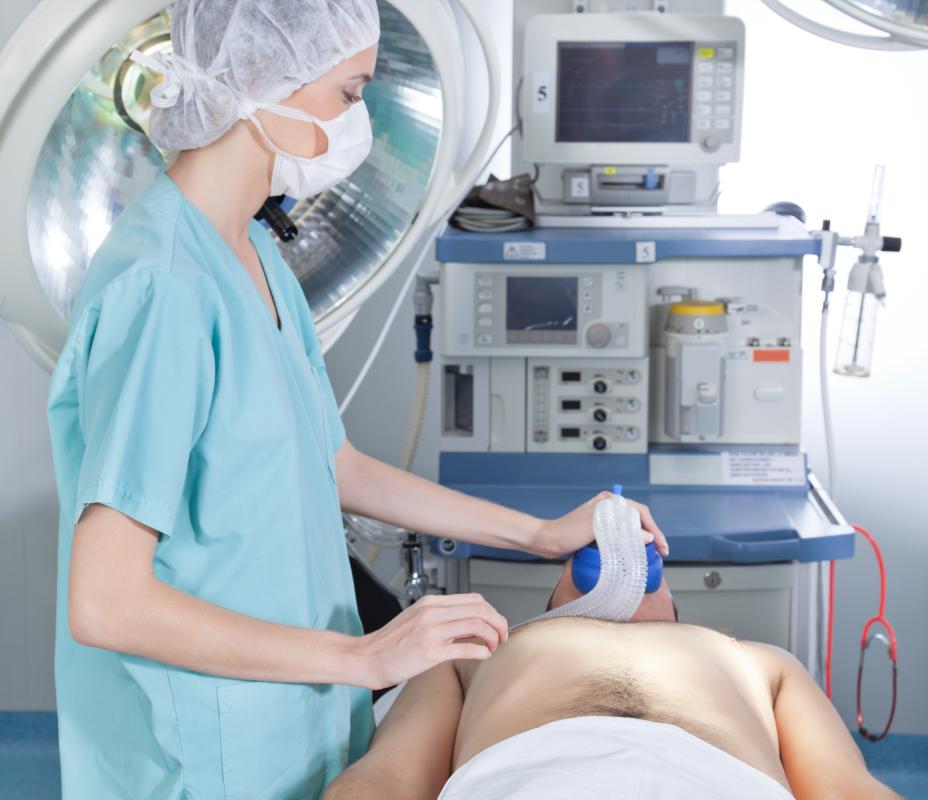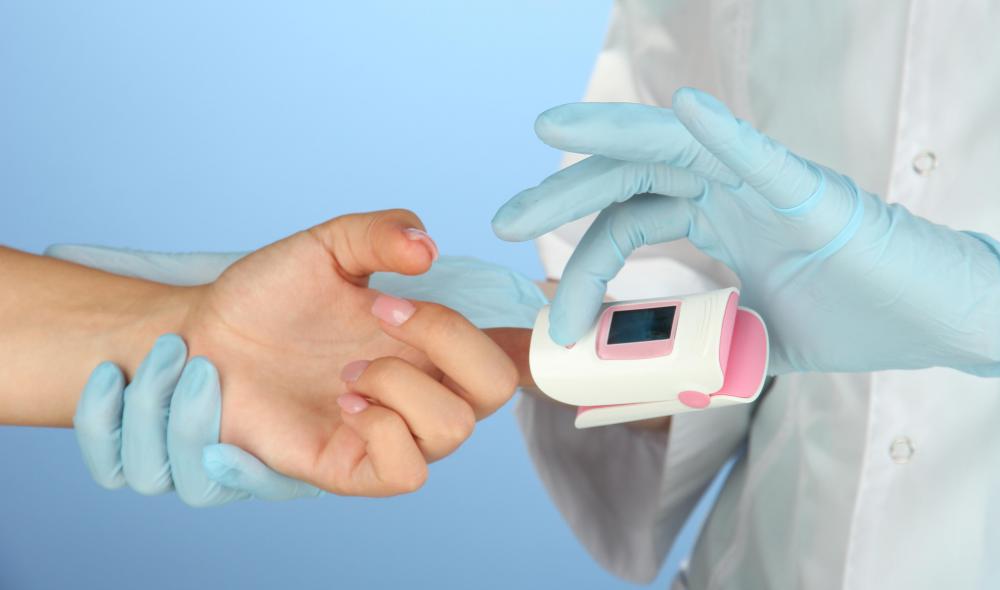At WiseGEEK, we're committed to delivering accurate, trustworthy information. Our expert-authored content is rigorously fact-checked and sourced from credible authorities. Discover how we uphold the highest standards in providing you with reliable knowledge.
How do I Care for a Patient on a Ventilator?
Instead of lengthy hospital stays, some patients who require ventilation may be treated in their homes. If you find yourself in the position where you must care for a patient on a ventilator, you should prepare yourself and your home for medical devices and services. Proper planning includes creating an emergency plan, training on the device, and understanding the medical procedures you must use. Specific care instructions will vary based on the patient's needs and the equipment provided.
Your emergency plan should account for a variety of situations. If the equipment stops functioning, call the patient's doctor and equipment provider immediately for further instruction or assistance. You and the doctor should discuss procedures for respiratory emergencies, such as when the patient stops breathing or other medical events occur. Keep a list of important contact numbers near the medical equipment.

Before a patient on a ventilator is placed in the home, be sure to contact your local utility companies and first responders to let them know that sensitive medical equipment will be in use in your home. Utility companies often have special procedures to restore facilities rapidly for a patient on a ventilator in the event of an outage. They may also take ventilation into account before disconnecting services in the event of non-payment. Most companies require a signed notification from the patient's doctor and may have renewal policies for patient services. First responders such as police and fire departments should be aware of medical equipment in the event of an emergency or long-lasting utility service outage.

You should also seek training for using the device and addressing the specific medical needs for the patient. The company that provides medical equipment to the home should offer verbal, written, and hands-on instruction with the devices for all caregivers in the household. Many medical centers offer community classes in home ventilation. You will learn how to change tubing, respond to alarms, and understand a ventilator's modes of operation. Since different products may have variable procedures, be sure to ask for additional training as necessary when equipment is replaced.

A patient on a ventilator may have other medical needs. You should speak with the patient's doctor about medication schedules and care. Many times, the patient will also have a tracheostomy tube in her throat that attaches to the device. You should be trained in how to suction, clean, and change the tracheostomy. You may be asked to track changes in the patient's status, including her appearance, behavior, and vital signs.

You, or someone else trained with the ventilator, should always be present in the home to monitor performance and respond to alarms. Never turn off an alarm, as it may signal that tubing has become detached from the device or the airway is blocked. If an alarm fails to turn itself off after you've completed your standard protocols, contact the patient's medical team for further instructions on how to proceed.

Both you and the patient on a ventilator may face challenges in coping with this medical arrangement. Ask questions of the patient's medical team and be sure that you are comfortable providing care. You should be connected with a home health care agency that makes regular visits to help maintain the patient and equipment. When necessary, seek the support of your family, friends, and community resources. Be sure to know how to seek respite care for the patient on a respirator before you become overwhelmed.
AS FEATURED ON:
AS FEATURED ON:















Discuss this Article
Post your comments